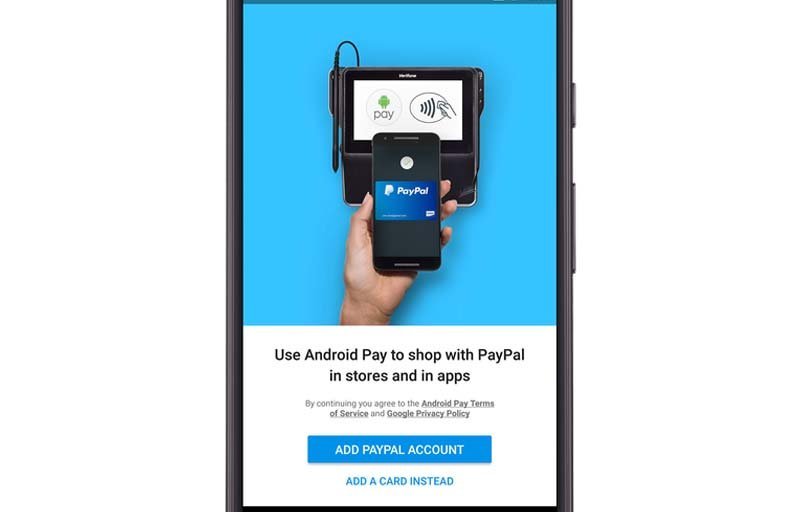Recently, Google announced that they are changing the way they index sites, with more changes to come in the near future. But what does this actually mean and what impact does it have on SEO?
Many people are aware of the changes made by Google and the importance of a mobile friendly site, but they don’t actually know the impact this indexing will have on their SEO.
Without a full understanding, it is difficult to prepare for what these changes have in store. So take a look below at some of the ways mobile first indexing will impact your SEO:
1. Mobile first is more than just user friendliness
The first thing to clear up is that mobile first indexing is more than simply ensuring user friendliness. It is also about convenience and knowing how to satisfy user intent.
People use mobile devices in a different way in comparison to desktops, there are different search patterns that emerge. Therefore it is important to think about whether a query demands a short or longer answer.

For example, if someone is searching for a live sports score, they are looking for a quick answer and do not want to wade through extended pieces of content to find the score.
But if a user was searching for the match review after a sporting game, they are more likely looking for a longer answer with more details about what happened in the game.
Not only do you actually have to provide the information users are looking for, but it has to be easy for them to find as well. If users are looking for a longer answer, it is still a good idea to provide a quick summary at the top of the key learning’s.
2. Mobile first requires different content
Obviously you cannot make general assumptions about the type of content that works ideally for mobile first indexing because every industry is different and there are too many variables that come into play.
As well as this, every search query by a user is slightly different. Below are some of the common kinds of search queries:
- Local search queries
- Long tail queries
- How do I…queries
- Informational queries (for example, which team won the…)
All of these queries can be answered differently by a wide variety of websites. How each website displays the information will determine how long a user stays on their website.
It is never a good idea to generalise and think that Google favours shorter content because this is what mobile users have a preference towards. Instead, you need to think about the type of question the user needs solving and how you are going to provide that answer to them.
3. Time has a significant impact on user intent
The time of day will impact which device users are on and the type of demands they are making. Mobile adds another level of intent to queries made by users.
So how does time really impact user intent? Well, the time a query is searched can have an influence on what specific device being used and this gives off more information about the needs of the user. This can be in relation to convenience, speed and type of information needs.
Google’s own research explains that mobile usage is ahead of desktop in the early hours of the morning. Then as people usually head into work, desktop usage takes over from mobile. Mobile then re-takes over in the late afternoon as people leave work and head home.
This change adds to the difficulty of staying relevant. This is because your website needs to be relevant to a user searching for something on a certain device at a certain time during the day and you need to solve the questions asked by the needs of those individuals.
4. Look to satisfy as many users as possible
When trying to identify the issue users are looking to solve, it usually leads to multiple answers. There are lots of different types of sites out there, all answering the same problem that users have.
According to SEO Shark the SEO Sydney gurus, when there are multiple sites about a similar thing, it shows that there is multiple problems users are seeking answers to. This is where Google steps in and orders these websites into most popular and in tune with what the user searched for, i.e. the answer that satisfies as many users as possible.
If you are doing your research and want to see the kind of answer you need to give on a certain page, be sure to take a look at the top 10 listings on Google and how they answer the question. They are obviously doing something right and appealing to a wide audience base.
This will sometimes mean that it is usually mobile users that are searching for something and short form content will prevail. Whereas sometimes it can be a more even split where users prefer longer, more in depth content.
There is nothing to be alarmed of when it comes to the mobile first indexing. There is just another layer added and you need to be aware that the search patterns for mobile users is different to that of desktop users.








Leave a Comment